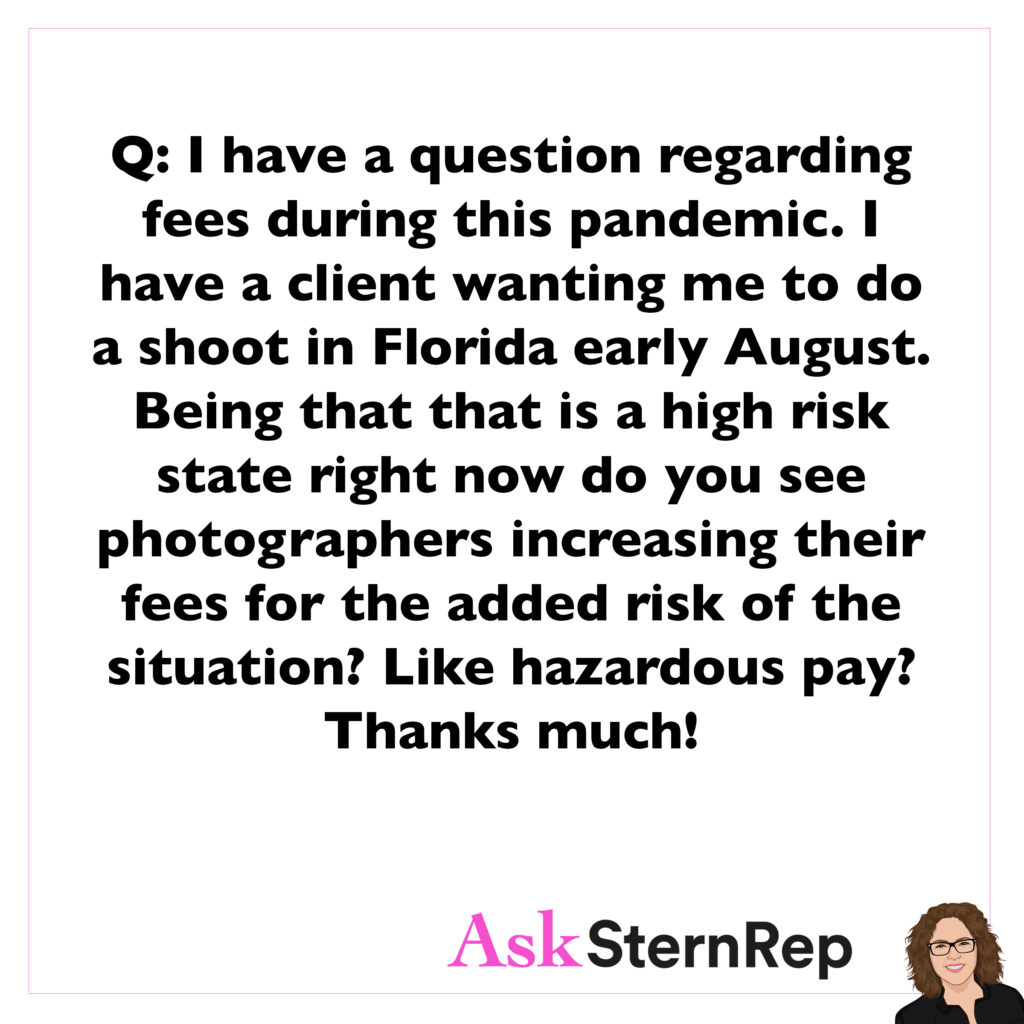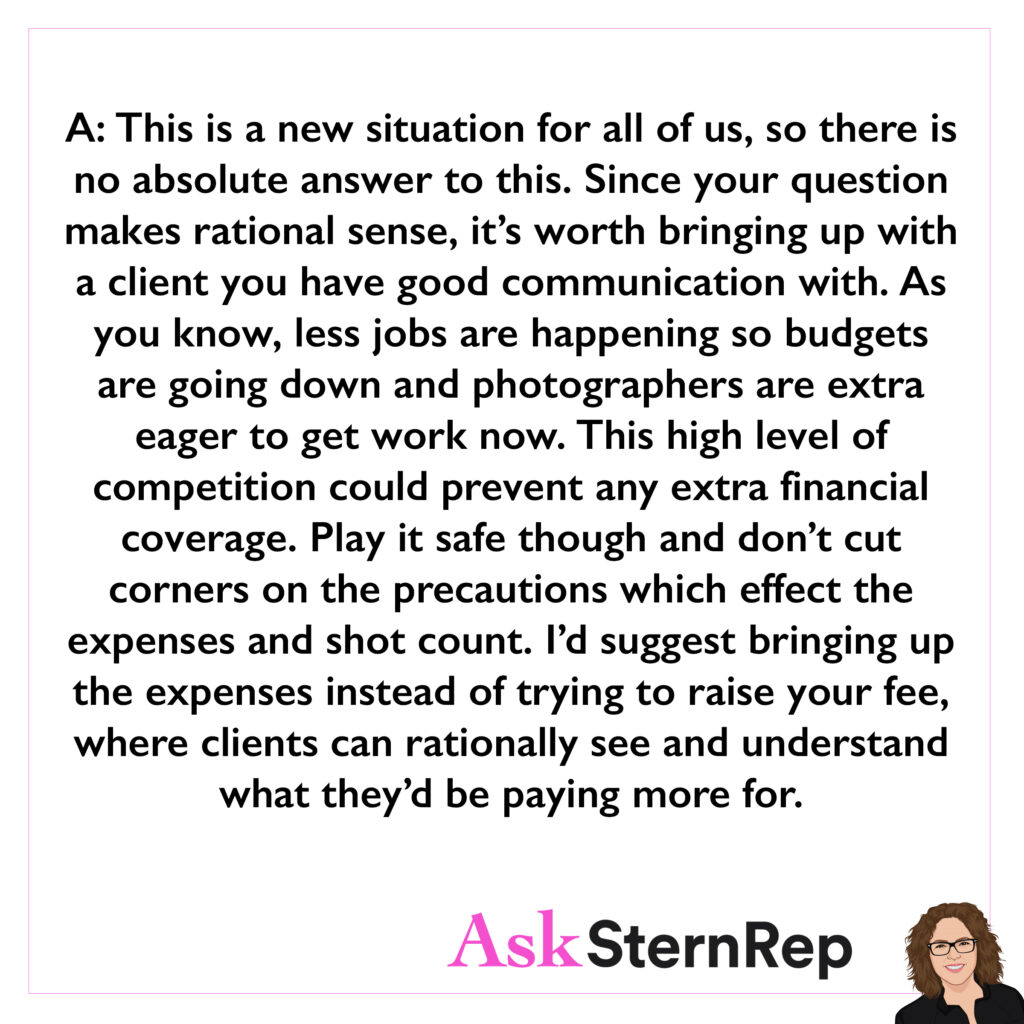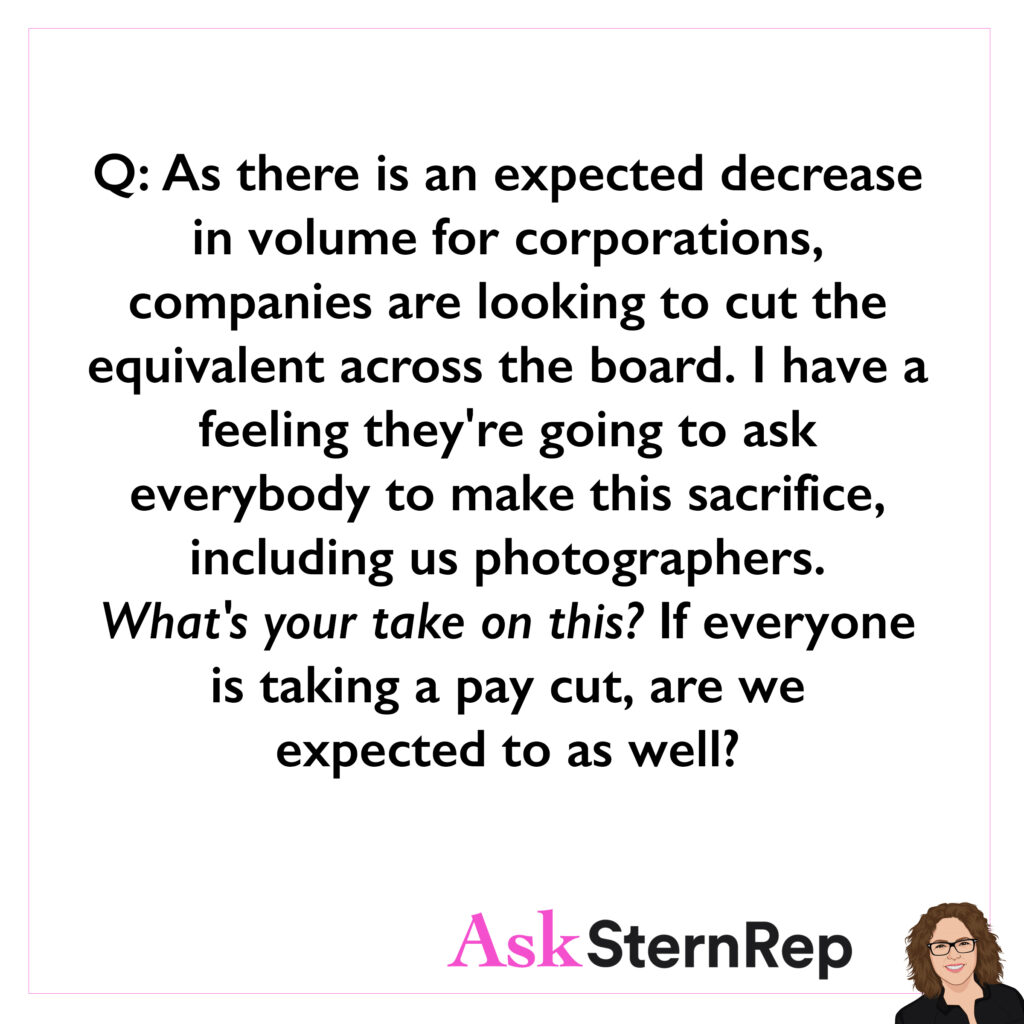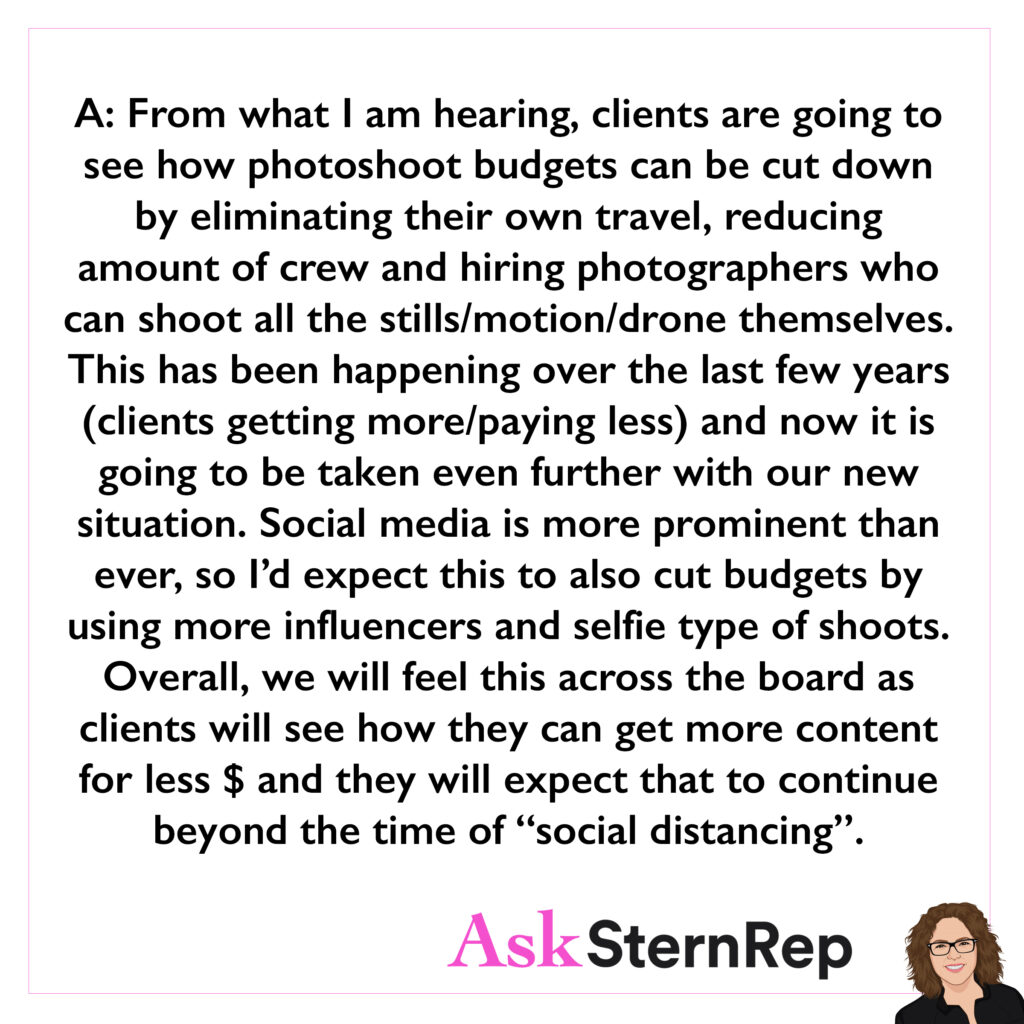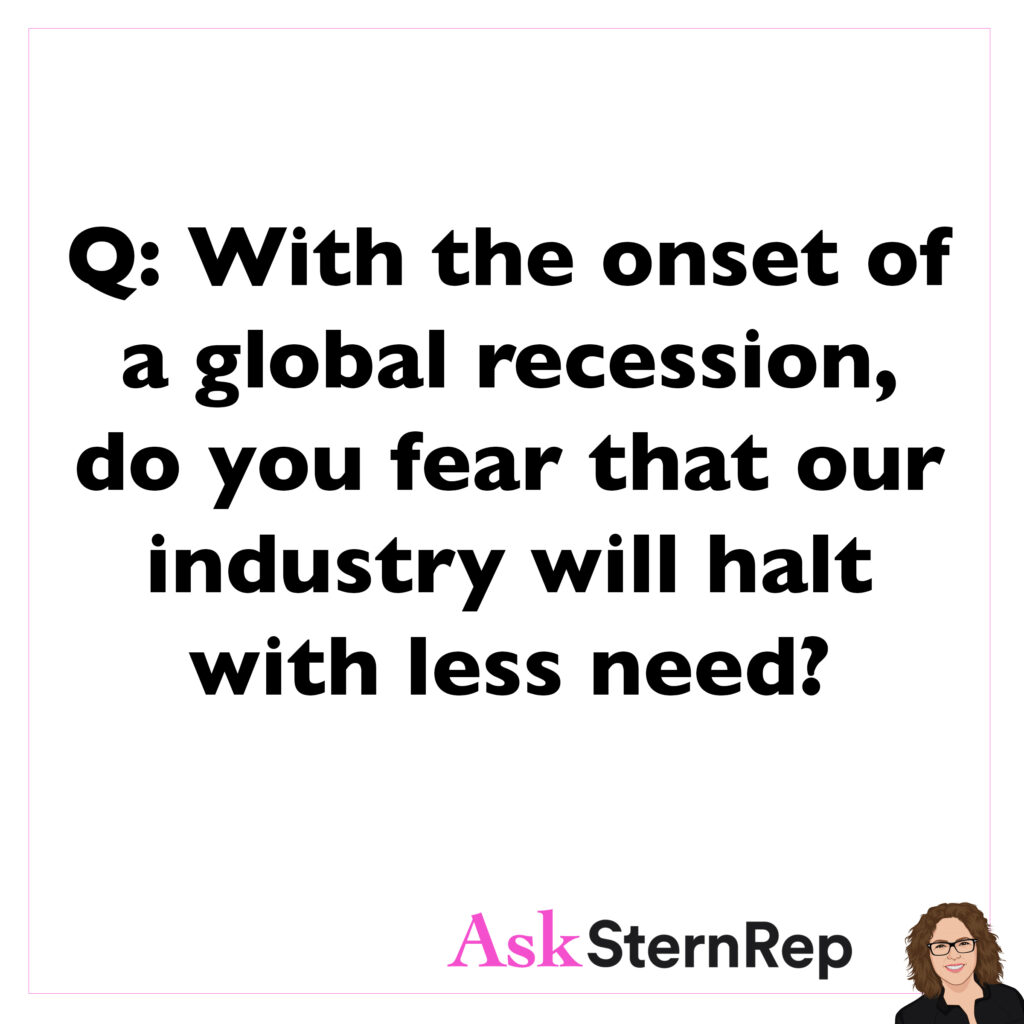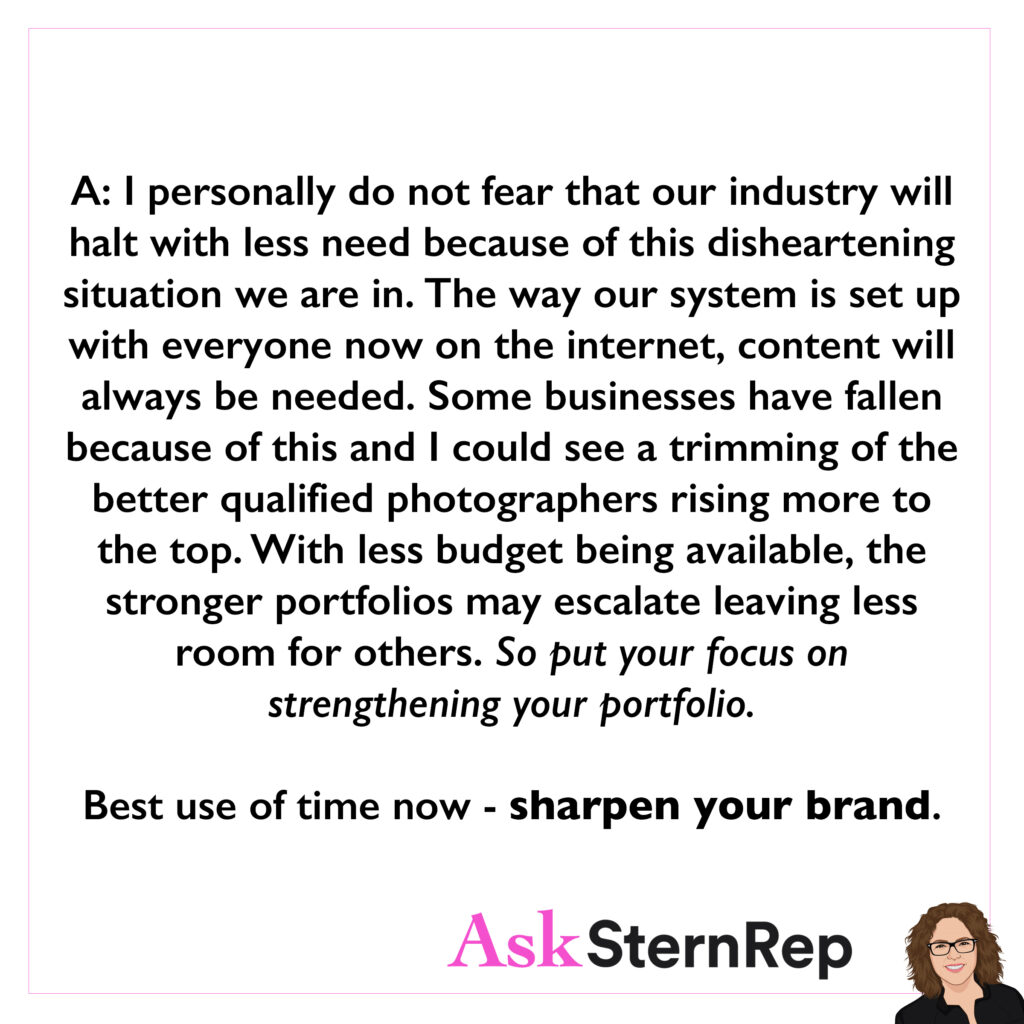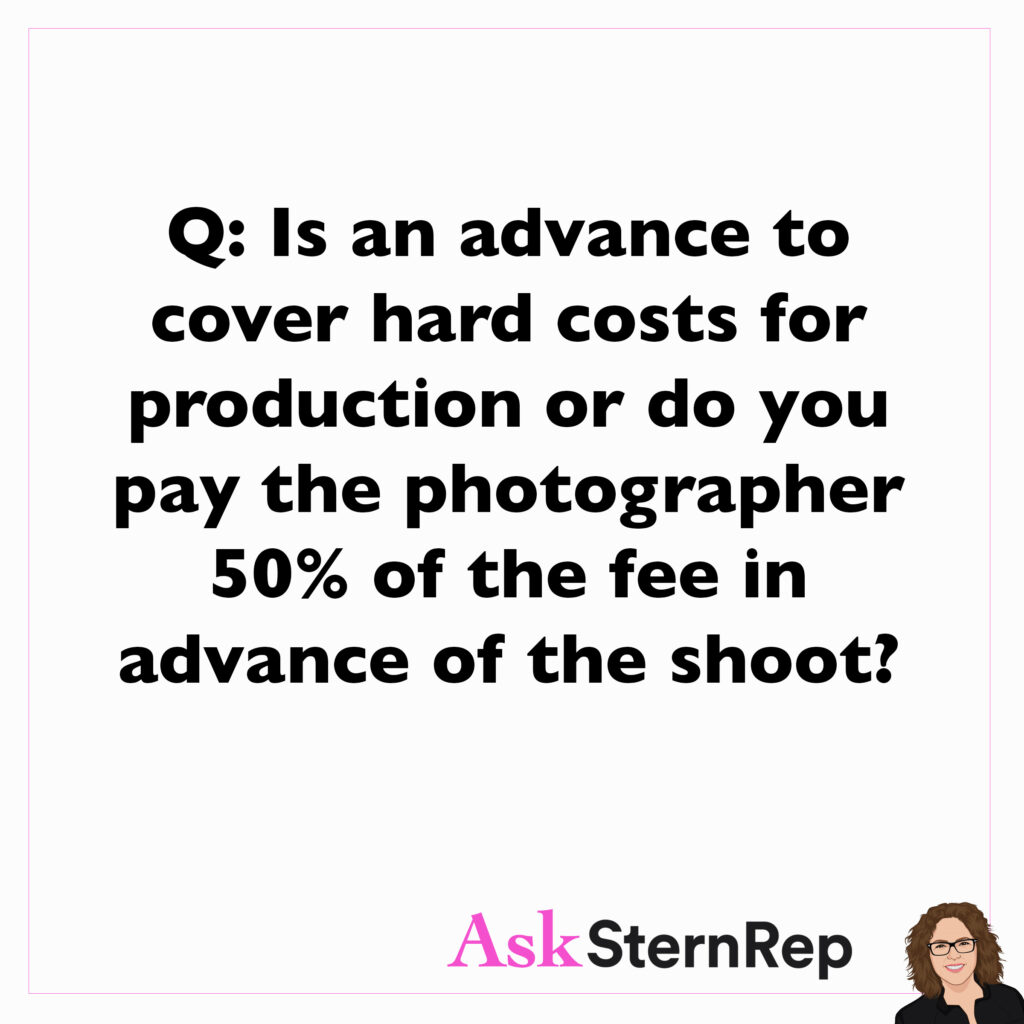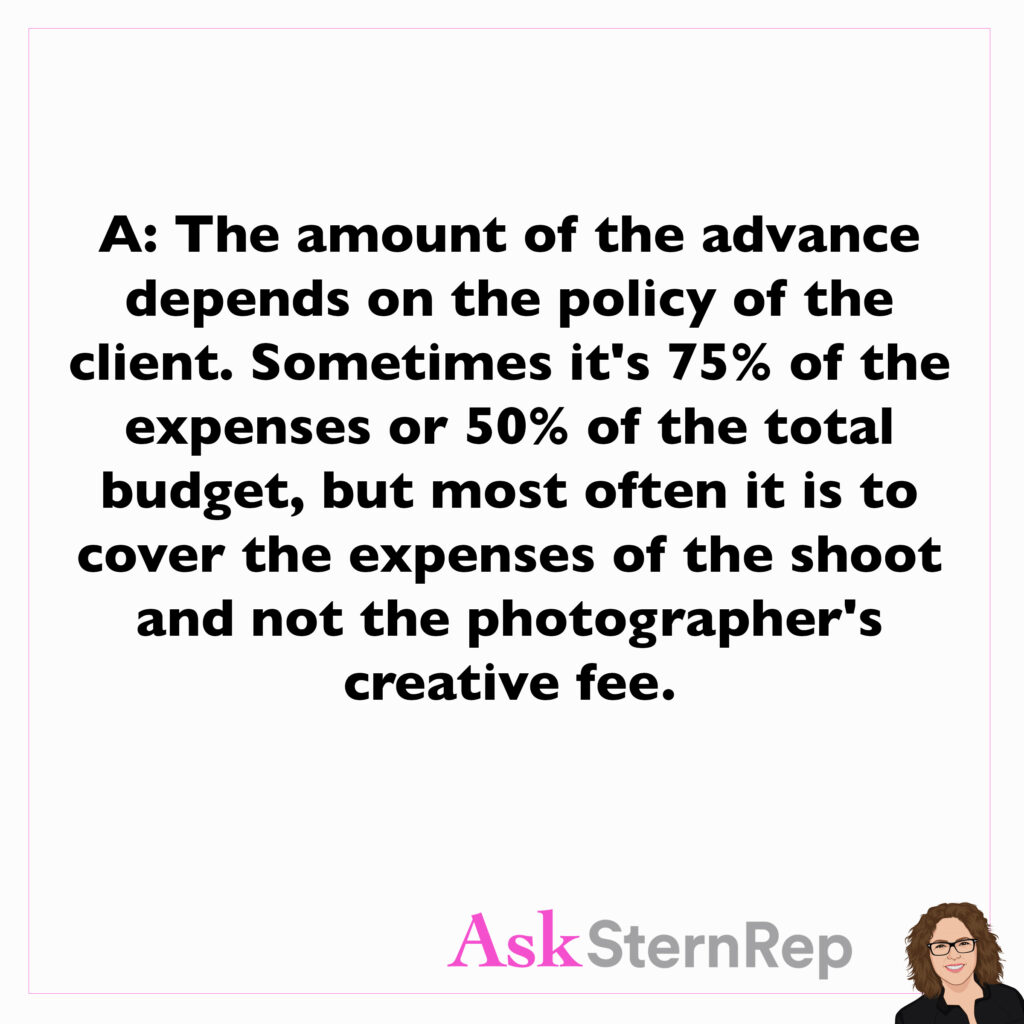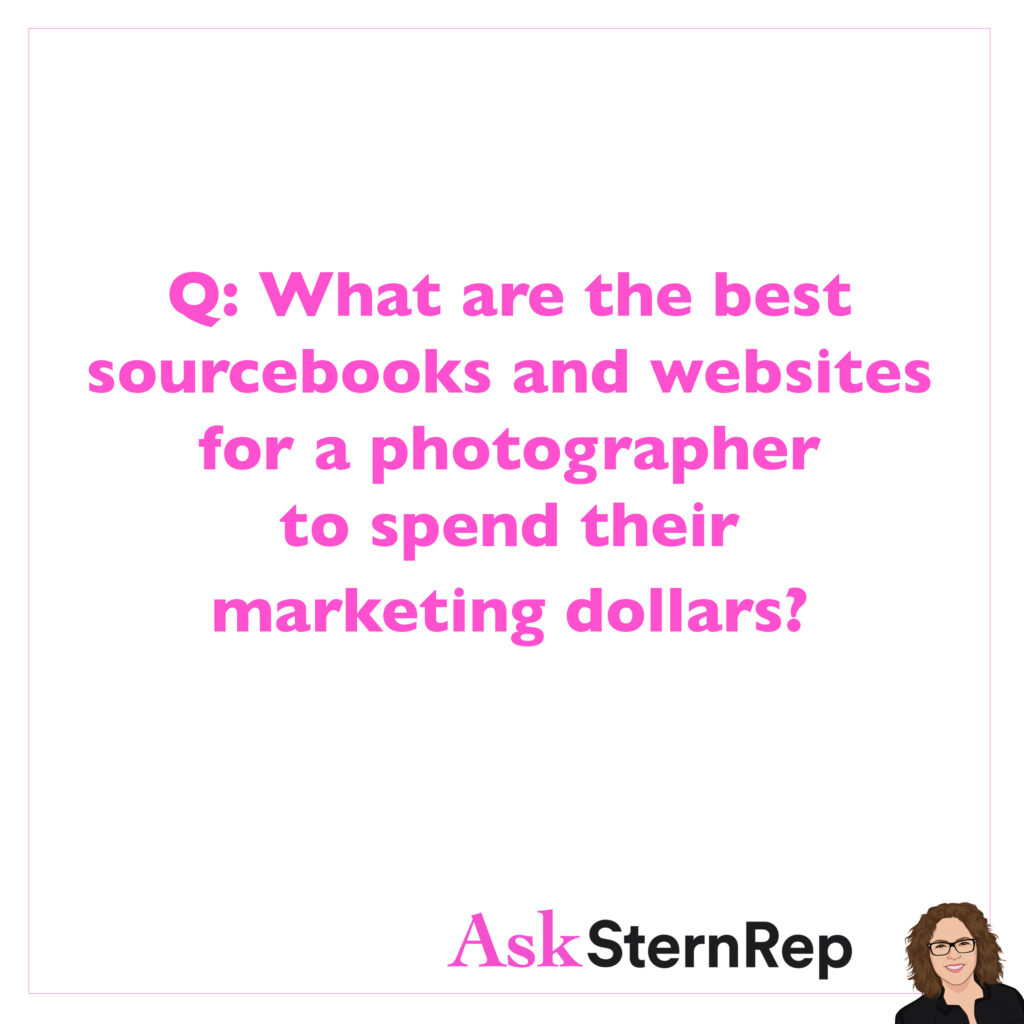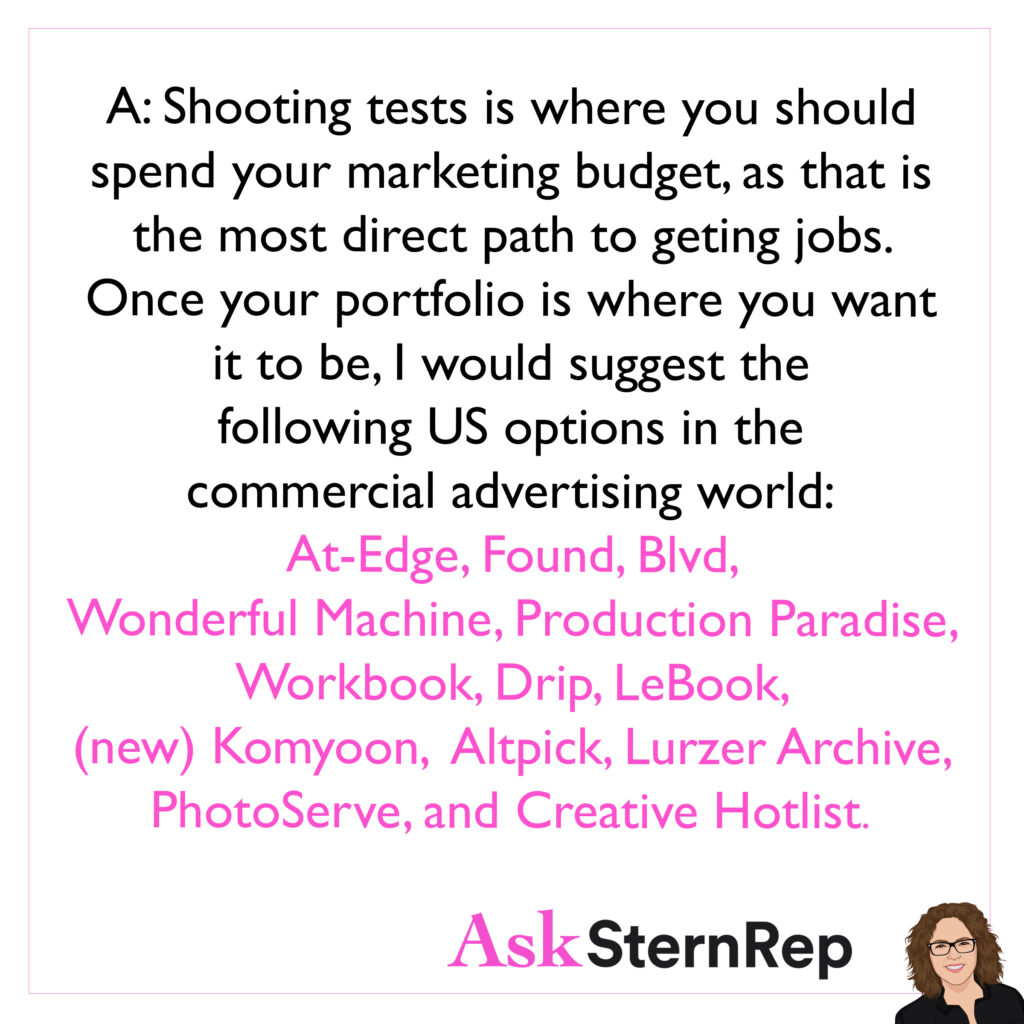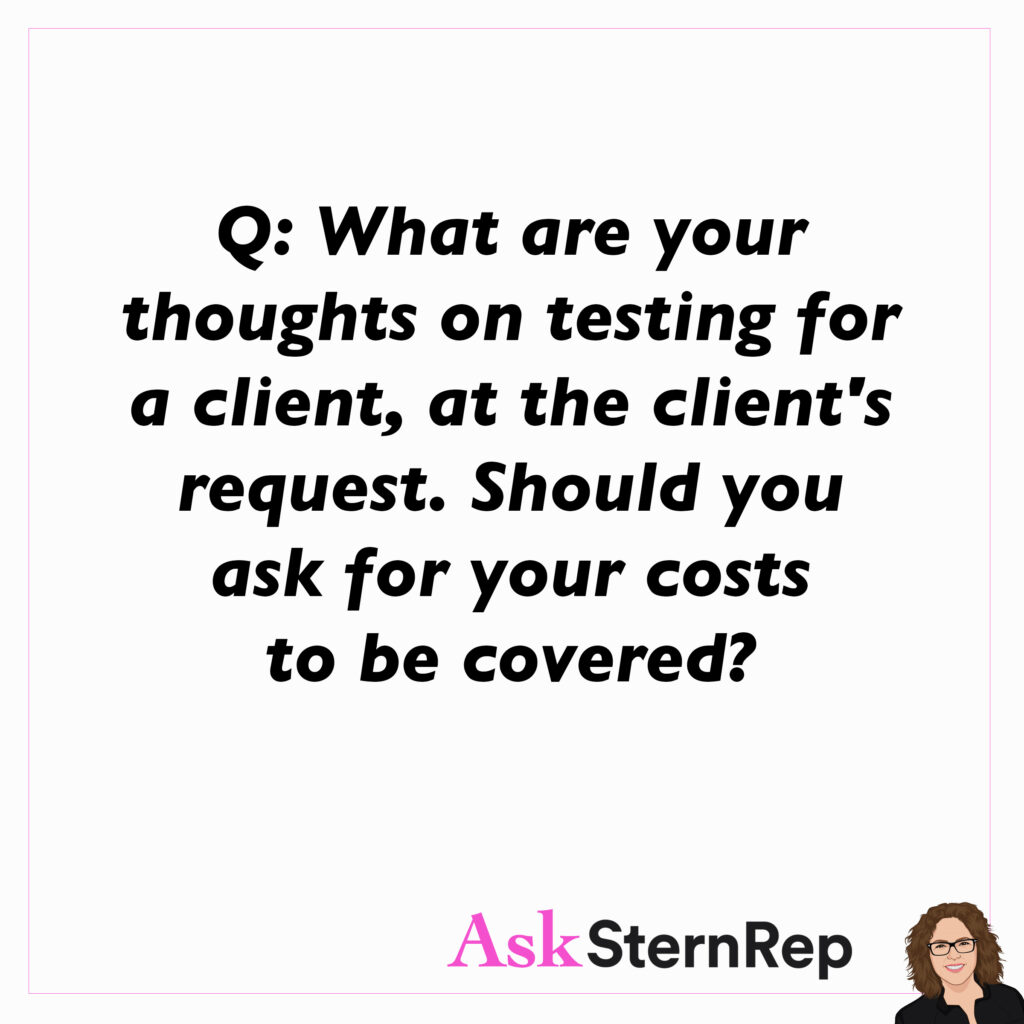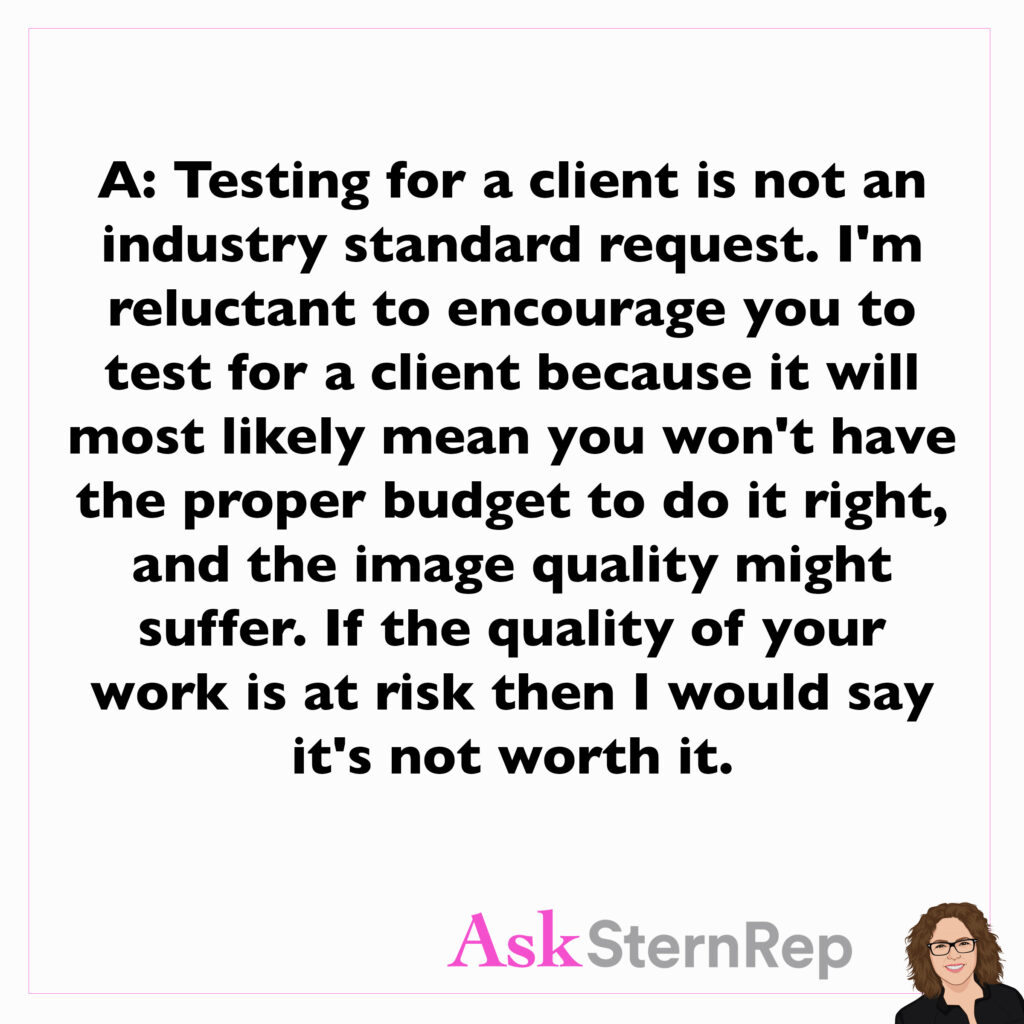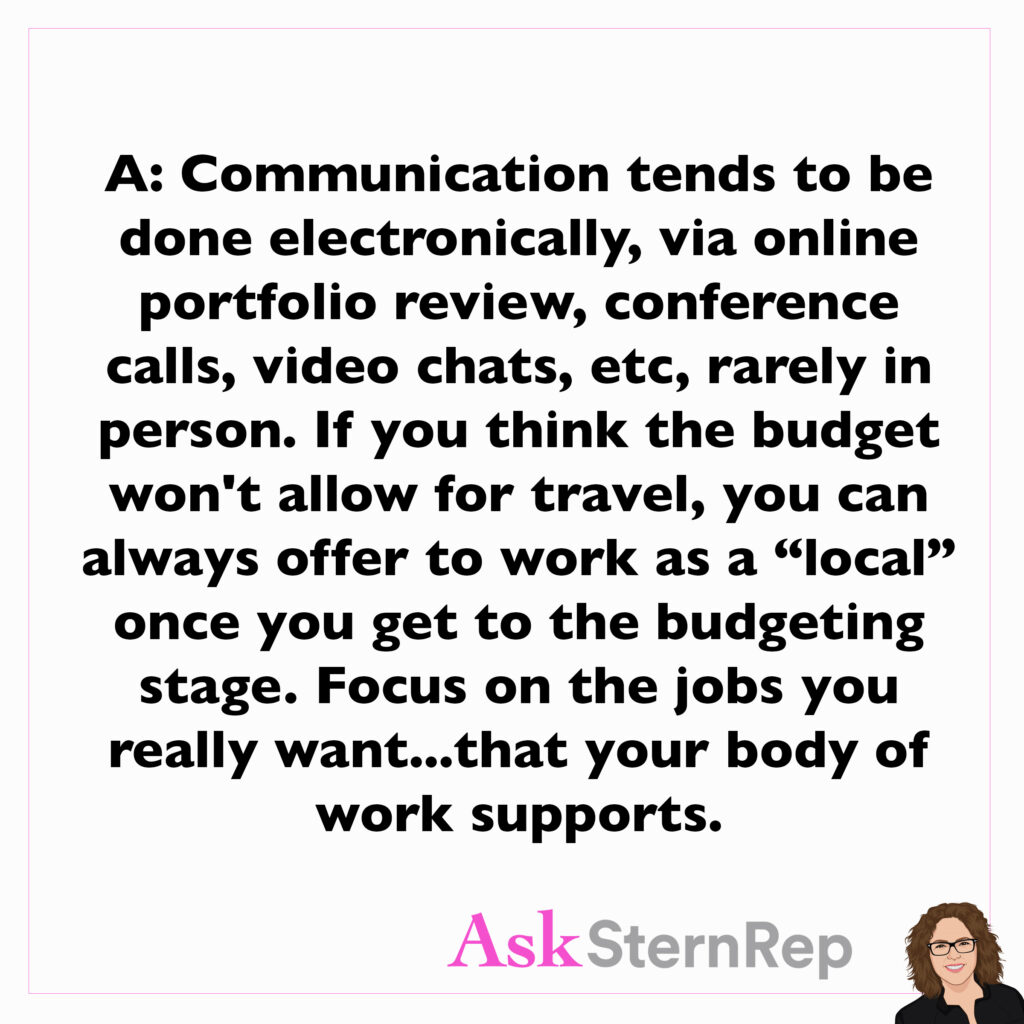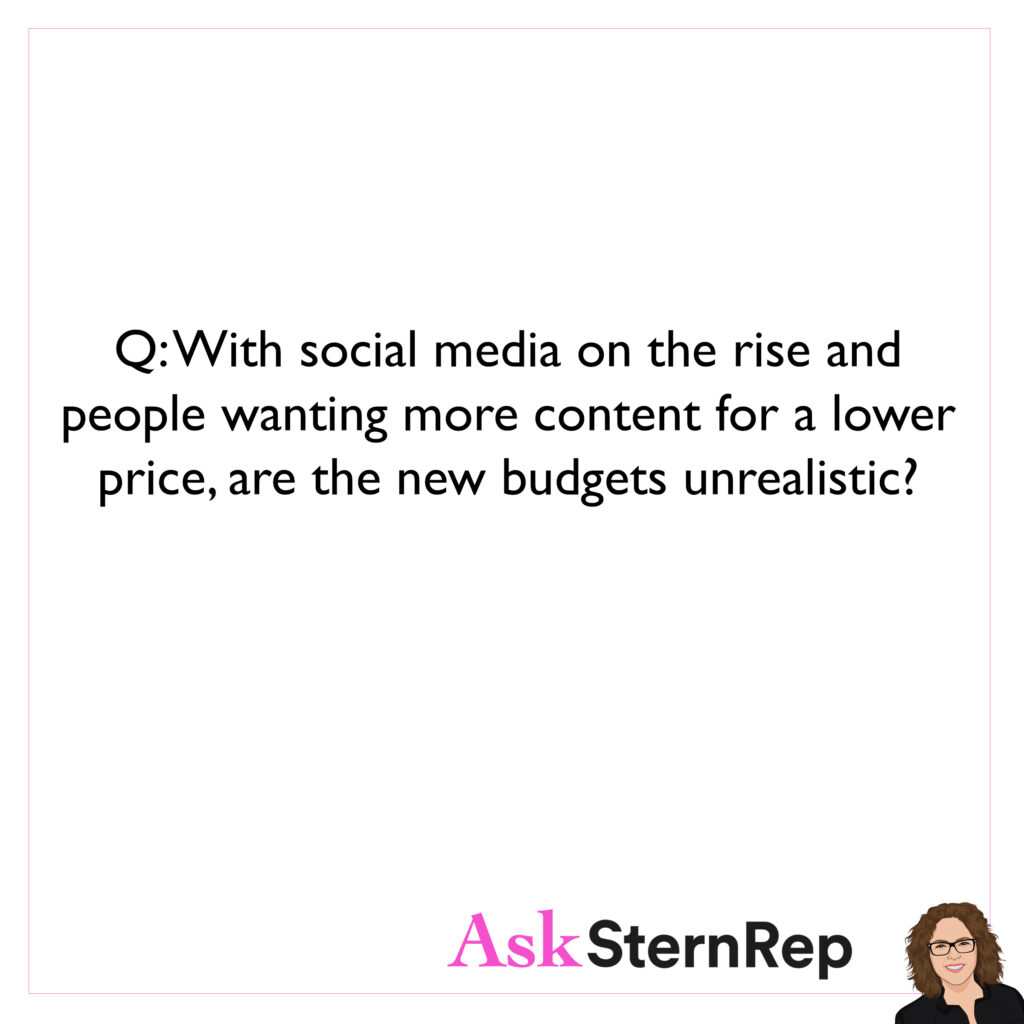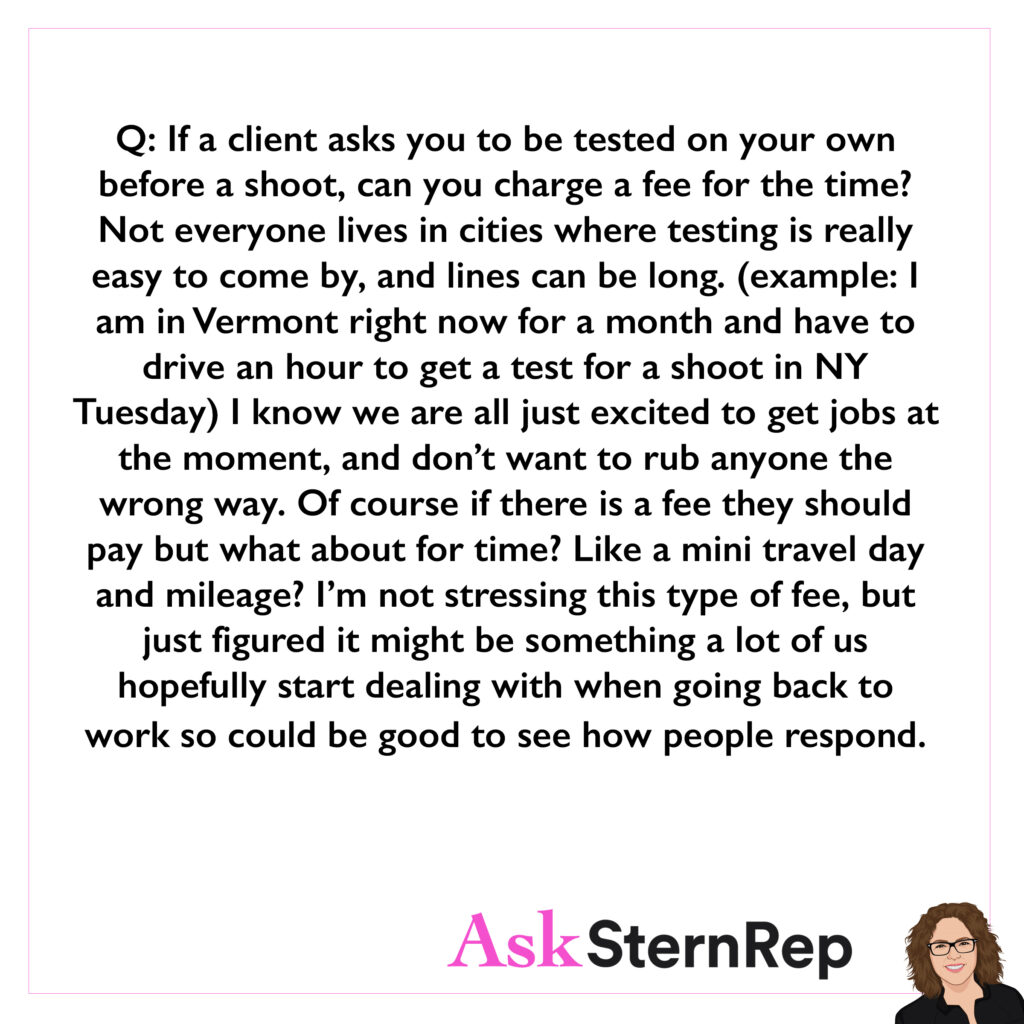
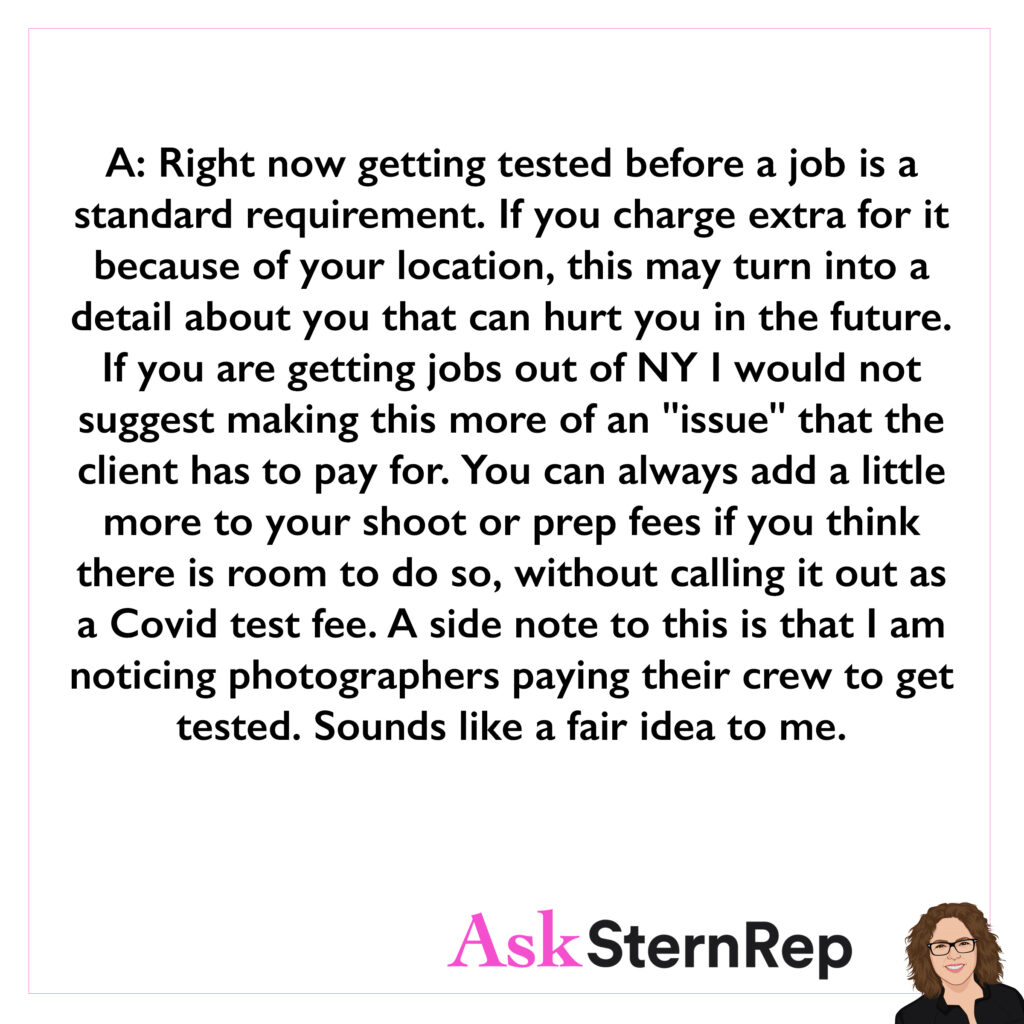
Q:
If a client asks you to be tested on your own before a shoot, can you charge a fee for the time? Not everyone lives in cities where testing is really easy to come by, and lines can be long. (Example: I am in Vermont right now for a month and have to drive an hour to get a test for a shoot in NY Tuesday), I know we are all just excited to get jobs at the moment, and I don’t want to rub anyone the wrong way. Of course if there is a fee they should pay, but what about for time? Like a mini travel day and mileage? I’m not stressing this type of fee, but just figured it might be something a lot of us hopefully start dealing with when going back to work so could be good to see how people respond.
A:
Right now getting tested before a job is a standard requirement. If you charge extra for it because of your location, this may turn into a detail about you that can hurt you in the future. If you are getting jobs out of NY I would not suggest making this more of an “issue” that the client has to pay for. You can always add a little more to your shoot or prep fees if you think there is room to do so, without calling it out as a Covid test fee. A side not to this is that I am noticing photographers paying their crew to get tested. Sounds like a fair idea to me.

